In the twenty plus years I’ve been telemark skiing, I’ve tried quite a bit of skis. I generally try about 5 to 10 every season. Some years, it’s been 15. One season, I got to try DOZENS.
This was a ski test for a magazine. The funny thing is that almost all the tester found the same ski to be the best.
More on this in a bit…
In this blog post I want to answer one of the most asked question I get, mainly through my email newsletter which you can join here.
Today, Lloyd wrote and asked me that really hard question. (thanks Lloyd):
I would love to have an all-mountain ski with an NTN setup that I could use in the tight east coast bumps and trees while also using in the deeper stuff.
This question is really hard to answer.
First there is no ski that is perfect. There is always some compromise.
And most people I know have 2 pairs or more.
But, it’s still possible to get only one and have fun every day…
The Best Quiver All-Around Ski
Before I can answer, and give you my best tip when choosing your next all around skis, let me tell you about why this is a difficult question
I like to compare this to cars.
Do you want an all around car:
- for the family, like a minivan,
- for the off-road and city, like a Subaru,
- a SUV so you can bring all you gear, go on long drives and tow your trailer
- a pickup truck so you can work and still pick up your little girl at the day care
You get the point, not every body’s all around is the same and gear has changed so much over time. If you change your skis every 5 to 10 years, this post will help you even more.
Skis are described with different metrics.
In the 90’s, we liked to talk about the turning radius. It was the birth of the carving era
In the early 2000’s, we liked to talk the ski waist width size as a starting point, it was the birth of the Fat skis era
in this decade, we were introduce to rocker vs camber. The waist size have gone back down, and the rocker replaces super wide fat skis
Other metrics are the tip width, tail width, length, build material and the weight. There is more, but let’s keep it to that.
Wow, that makes for a lot of talk.
I will keep it simple and start the quest of the perfect ski with one metric.
Ski width
This metric is the most important for one reason, your feet
Most foot are between 98mm and 102mm wide
From this metric you have to choose your skis to be narrower or wider than your foot.
Because everybody’s feet are unique (some are more than 106mm) and that I want to make a general rule, let’s average a foot’s width to be at 100mm.
Under 100mm
When you are edging, your knees and hips are making a leverage of the ski to tip on it’s edge. A narrow ski will require less force to edge and to maintain the edging. An exaggeration of this is ice skates which are so easy to go from edge to edge that the challenge is to stay straight on the tiny blade.
Under 100mm, your ski will be:
- easier to edge,
- nimble and quick turning,
- best for hard packed snow, moguls, carving, couloirs…
Above 100mm
The great gain above 100m is the floattability in powder. This has changed the game and made skiing in powder effortless.
Above 100, your ski will be:
- good in soft snow, floating easily
- create more momentum force in the ski, making it efficient in hard snow conditions like crud, chopped snow, wind packed, heavy spring snow and so on
Rule #1
If you want an all around ski, aim for a ski close to 100. the most popular will sit from 95mm to 105mm
New Metrics
The Rocker:
One of the newest metric was invented by Shane McConkey and Peter Turner, 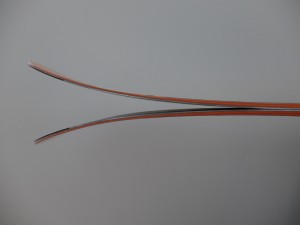
Rocker is the way the tip or tail of the ski raise to create a banana look. It’s also called reverse-camber.
Camber is the the opposite. Camber is the amount of bounce a ski have under foot.
Rocker is always in the conversation but is overrated if you ask me.
It is not the most important metric as most skis nowadays have both rocker and camber to some degree. And the ratio rocker-camber is more and more constant from brand to brand within the given kind of ski. It’s like if the compagnies had tried a lot of combinations and found the same recipe to be the best. This is highly debatable since every one have their opinion on rocker.
Here’s mine: Don’t worry about rocket too much.
Don’t worry about rocket too much.
I will advise against full rocker ski, a ski without any camber.
Carbon skis
The other metrics I pay attention to is the construction of the ski, mainly a popular option, carbon. A few years back, the trend was to put titanium plates called Titanial. (It’s still very popular but it’s added with other materials)
Carbon is more and more used to save weight in ski construction and it gives great rigidity. One of the challenge for telemark skiers is to have a ski not so rigid at the tip so that the back ski doesn’t sink too much under the snow.
The tip tendency to dig under is accentuated by the NTN system bindings, which are very active. Combined with a stiff tip, it can really become unskiable.
Rule #3
If you go carbon just make sure the flex is still smooth at the tip. I have had great experience with carbon skis and bad ones. For example the Black Diamond Verdict 100mm ski had a super rigid design (because of Titanial, the point is the same here), and the tip part was also very rigid. This was great if you alpined ski. But for Telemark, it was just too stiff and face plants were more than frequent.
Tip curve
This is a new metric for me. There is a trend to have really shallow tips raise. They only rise a few cm off the ground. I’ve never ask a rep but I think this is to better control spatula vibrations.
Be careful not to get a ski that has barely no curve in the tip.
Again, the back ski will tend to dig under the snow. In a mogul run, it gets really hard to get the back ski over the bump.
I’ve had this problem with the Helios 95 from Black Diamond. But I did not have that problem with the Helios 105 or 116.
FYI: I had the Helios 95 in a shorter than usual length for me. I usually choose around 178-182cm and I tried to go 173cm. This combo of short ski and shallow tip raise made it hard to telemark in variable conditions and bumps.
—
The ski that all testers liked
It was 2005. The telemark tribe was at it’s height and a magazine had us try all the telemark skis on the market. K2, G3, Black Diamond, Rossignol…
All the best telemark skiers of my province were gathered to try and evaluate the skis.
I found it really hard to put in words the feeling proper to every skis. Even more interesting, some testers express the same feeling in completely different words than mine.
But in the end, there was one ski that everybody ranked #1 or #2. It was the clear winner. Great, let’s buy that ski.
If you look at the metrics of that ski today, it would not fit in the all around quiver that Lloyd is looking for.
It was the K2 World Piste if I remember correctly.
This is the description K2 had put up:
The K2 World Piste is a all-around mid-fat ski. A 78mm waist and 114mm shovel let this ski perform in Bridger cold smoke or Baker wet cement. Titanal construction and lightweight wood core make the ski nimble and responsive. If you can only afford one pair of skis check out the World Piste Tele ski.
78mm waist!
Performs well in wet cement!
What, this is crazy. Compagnies don’t make all around skis so narrow anymore.
But this is not the best part. Although the K2 WP were a favorite, it’s the rest of the skis evaluation that got me thinking a lot.
All the skis were OKAY.
There was no real bad ski. No lemon. And skis today looks nothing like the ones in 2005-2006.
The point I’m making here is that skis evolve so much over time. They really improve. What if I skied a 78mm ski today? Would I be able to do the same stuff? Moguls and carving for sure. But Powder and Wet cement?
Maybe 10 years from now, my tips on buying an all around ski will be completely wrong, given new metrics. Maybe not. But from a one year pool, skis do look alike in the same categories.
Final Thoughts
Lloyd, if you ski on hard pack, Eastern snow, I would go for under 100mm. If you ski out West and ski mainly in good snow, I would go just above 100mm.
My choice would be something like the Black Diamond Route 95 or the Helios 105 (mounting telemark binding is not recommended on the Helios but I do it anyway. If you choose to do so, remember that you have been warned not to)
In your case, a 95mm to 100mm ski would be perfect if you only want one ski.
I will also strongly advice you buy your skis from a dedicated telemark shop like Telemark Down, Freeheel Life or one close to your location.
The advice these shops will give you go way beyond just the skis, factoring in tips on binding (types, mounting…) and boot (fitting, type of liners, height of cuffs…)
I always says that we have to think about equipment as a combo, not just individual piece. This explains why 80mm skis where good all around 15 years ago. The boot, binding, ski combo went all together.
As a small community, we have super passionate people involved in our sport. These shops cannot afford to have a bad reputation just to make a sale.
Note:
Telemark is a technique first, you can do it in a variety of equipment, places, style. I take the liberty of talking of the branch I know best and that I get the most questions about. But by no means, I wish to deter the other styles, from cross-country to leather nordic skiing, all the way to the big mountain freeride… Telemark is awesome

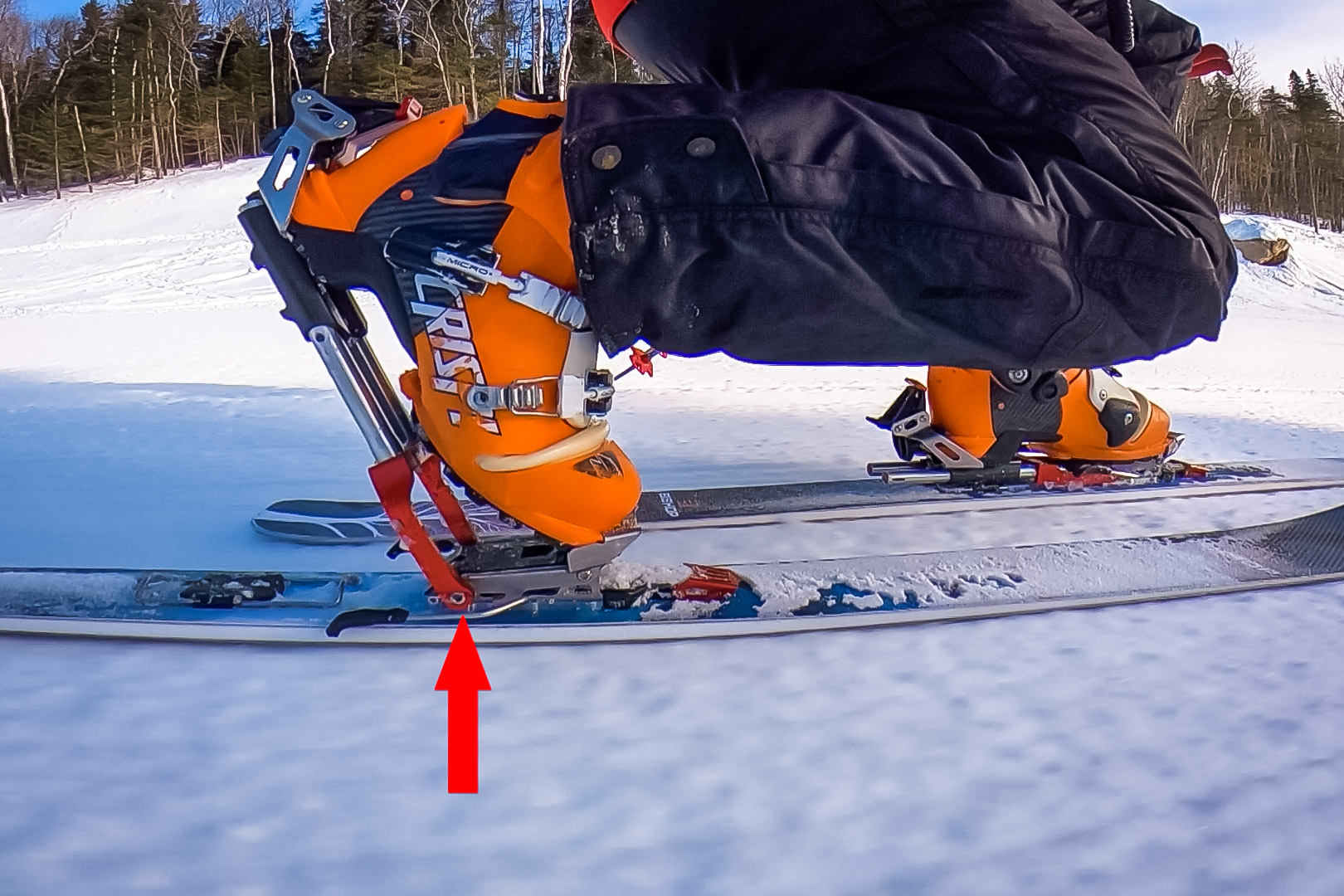
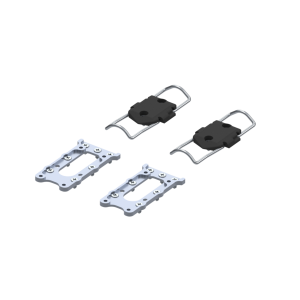
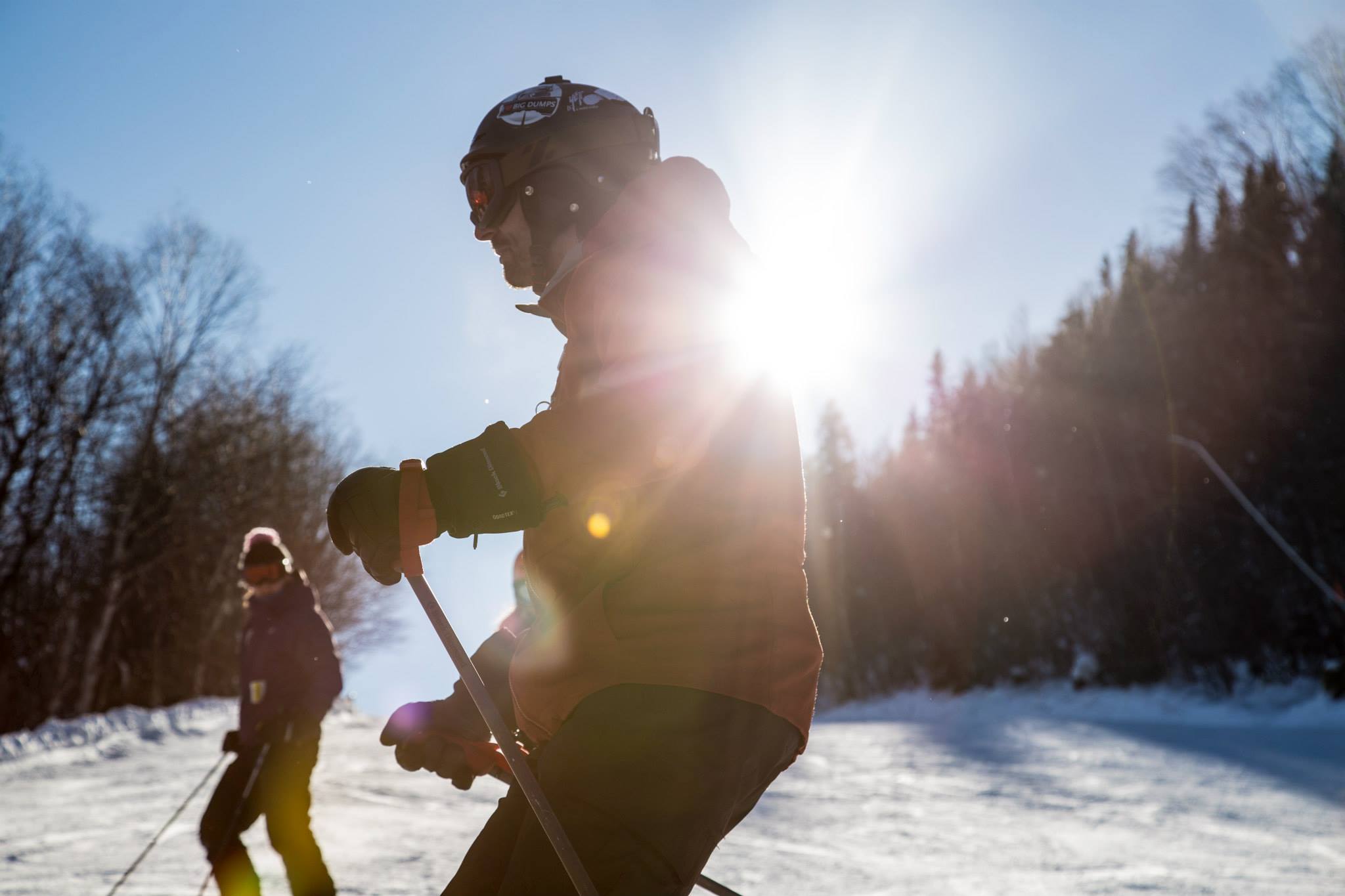
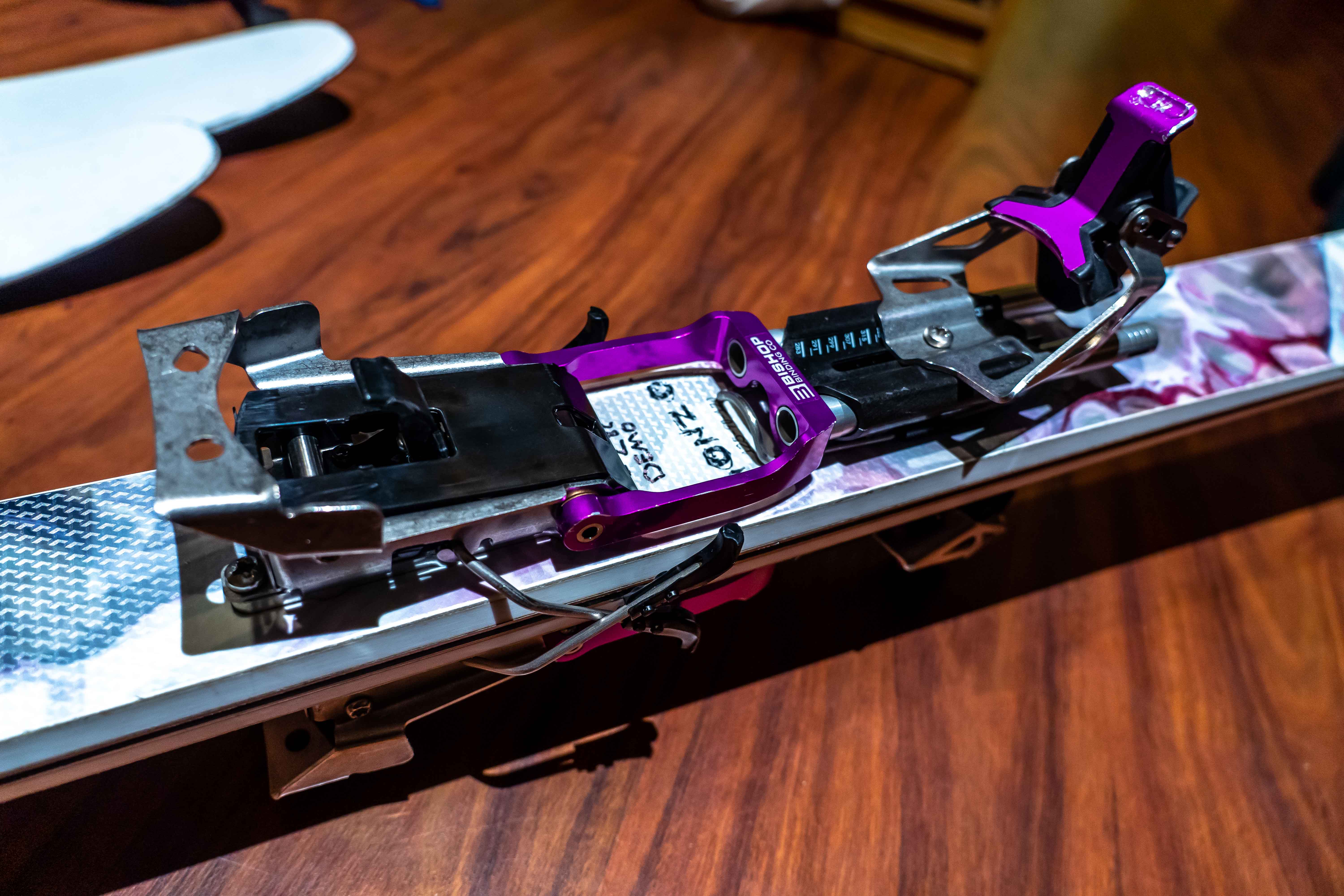
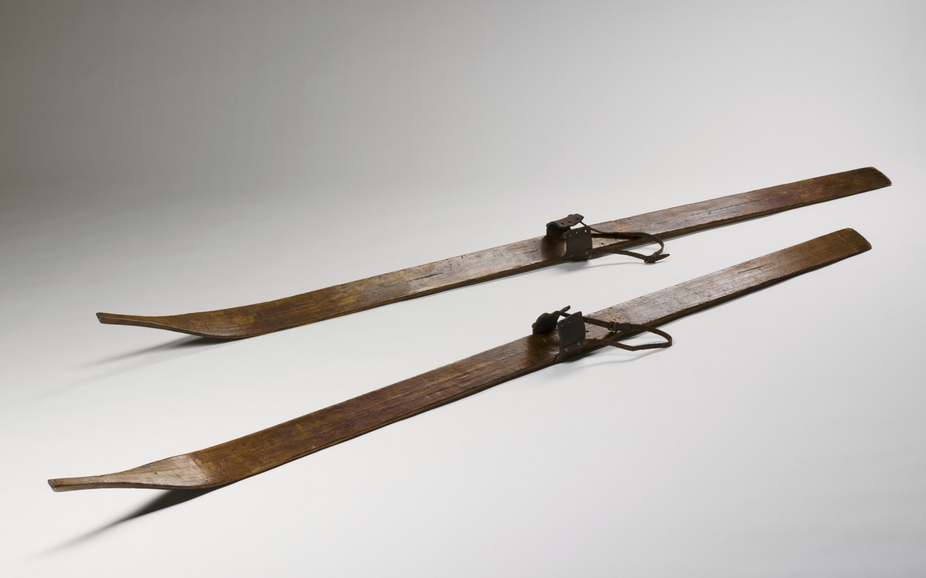

 Don’t worry about rocket too much.
Don’t worry about rocket too much.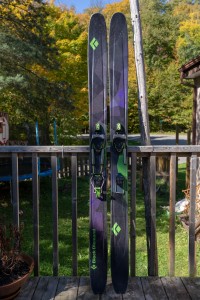
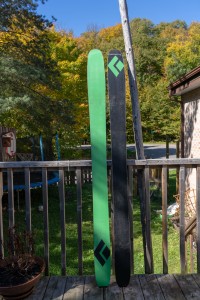
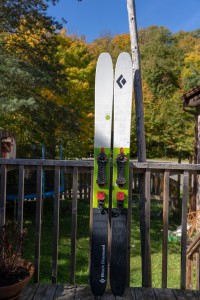
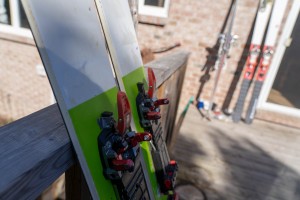
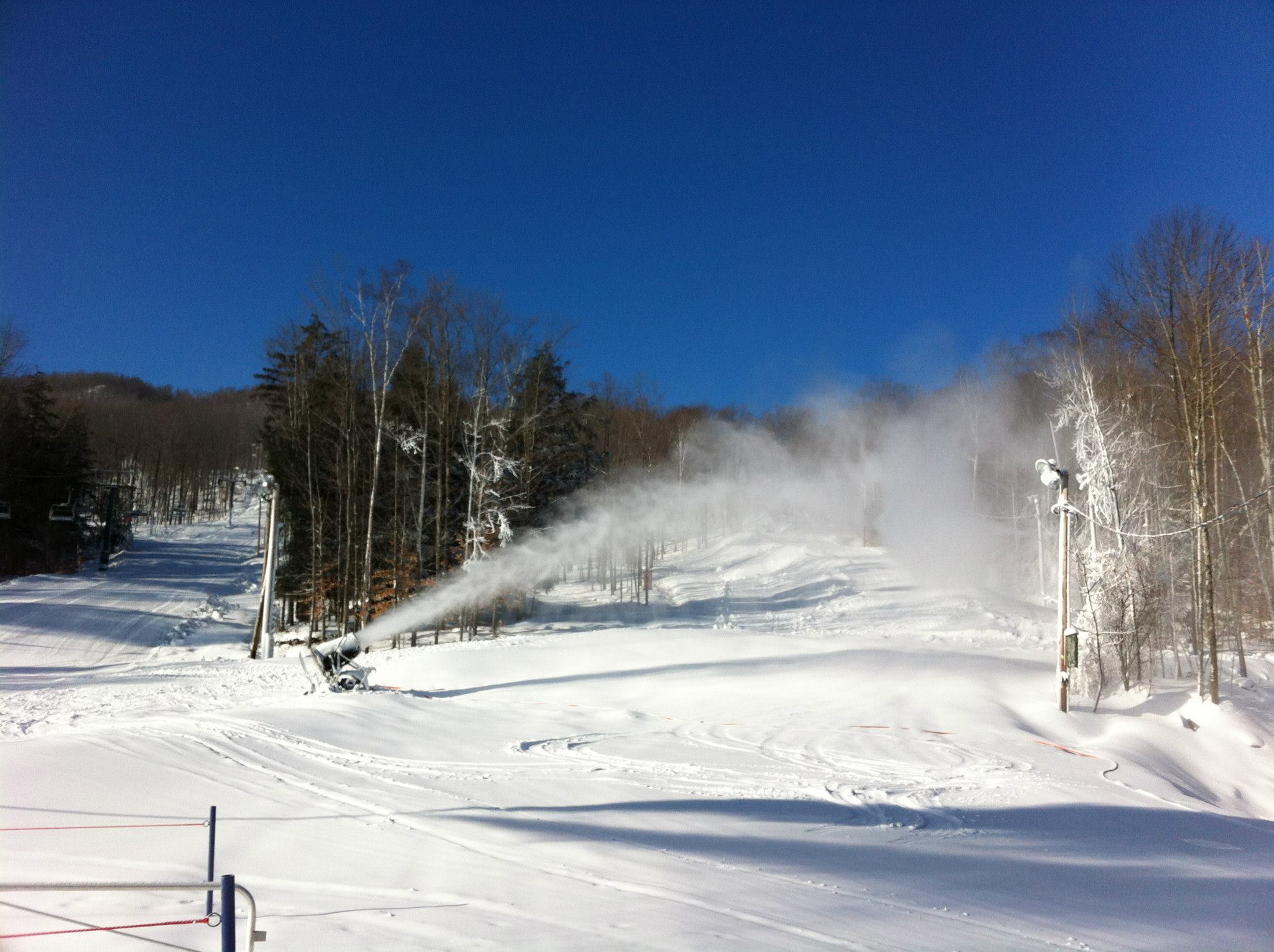

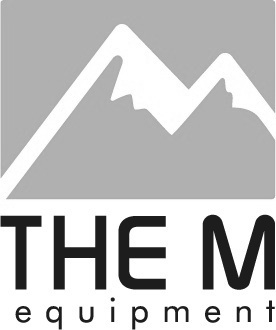
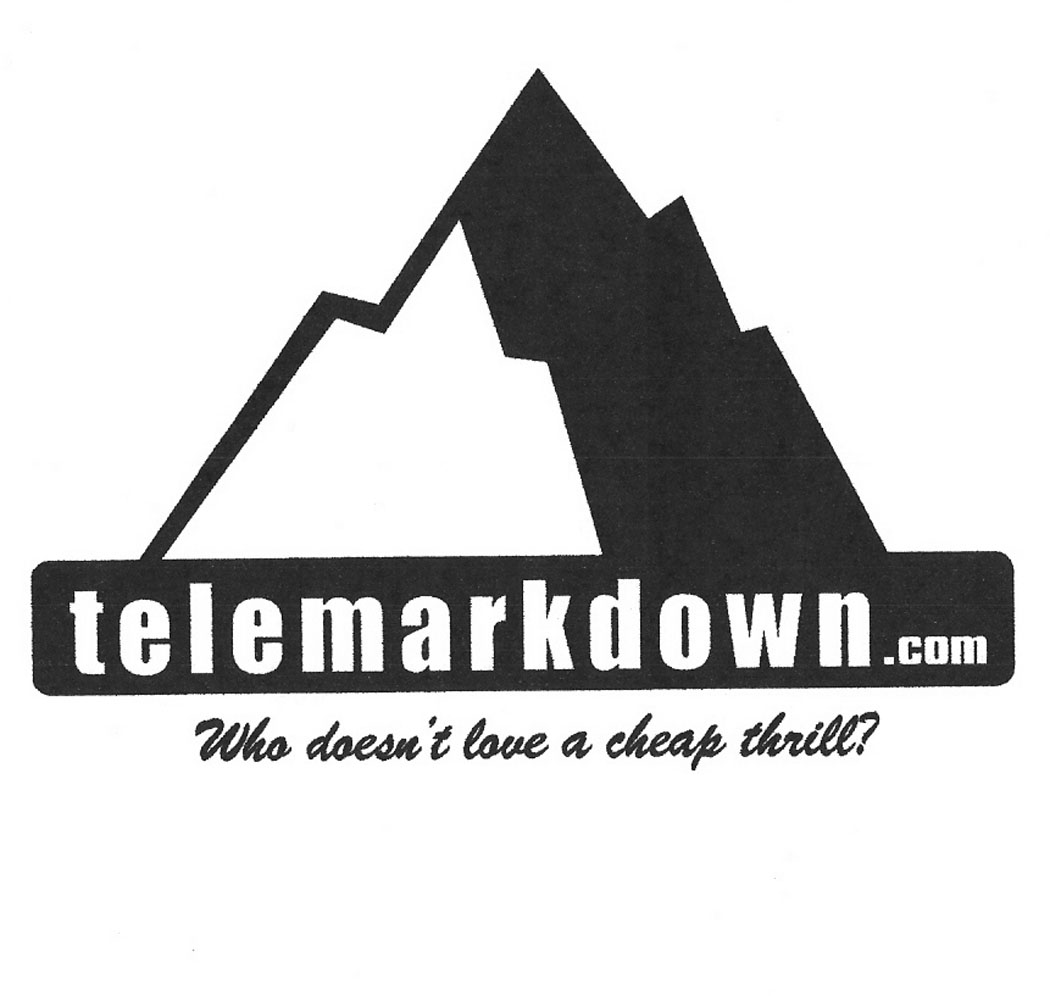

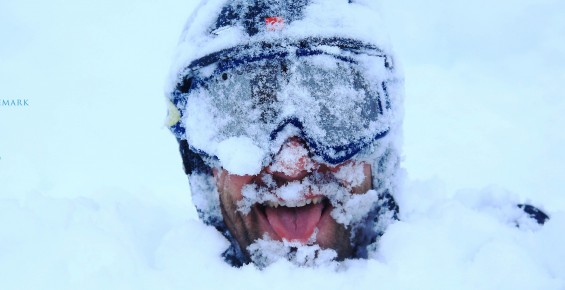
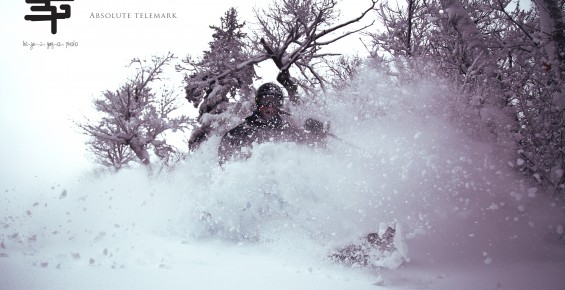

What others think about it